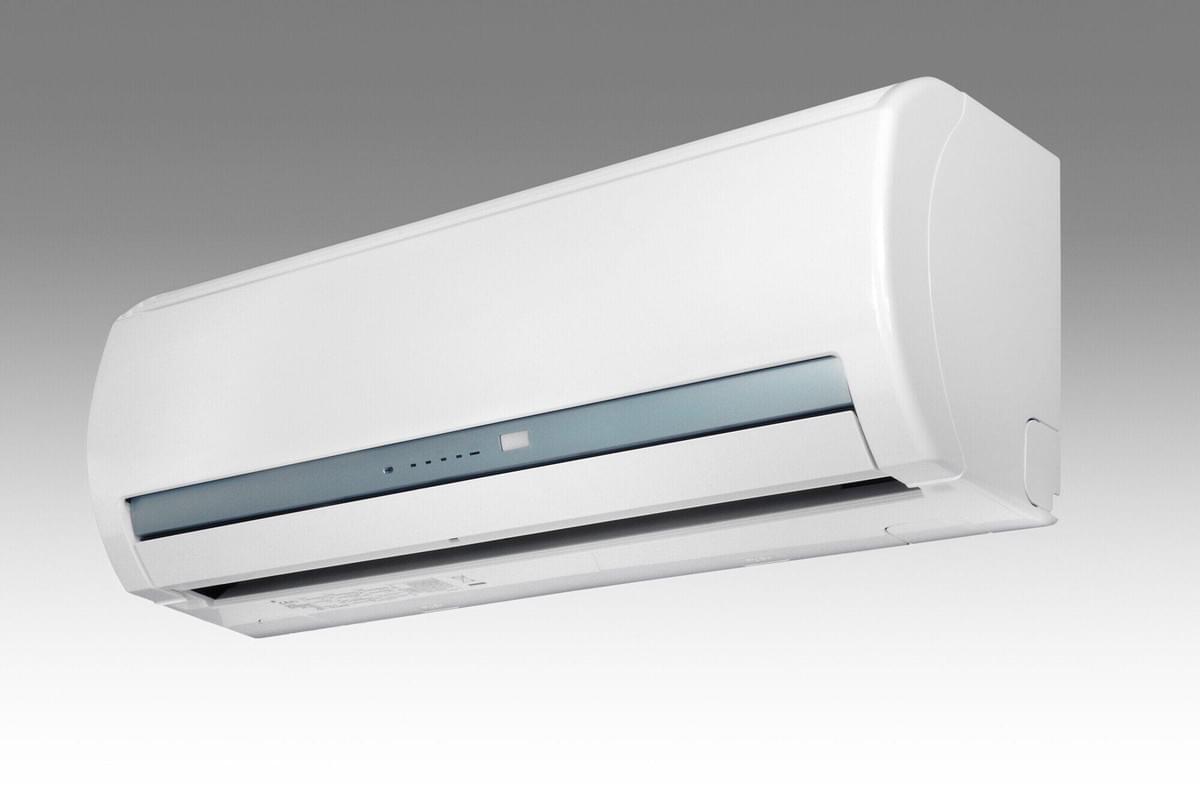
Seattle, known for its rainy and overcast weather, is not typically associated with scorching heat. However, the city does experience occasional heatwaves during the summer months, making it essential to have a reliable air conditioning system in place. If you're a Seattle resident looking to convert your home or office to air conditioning, this guide will walk you through the process, highlighting the benefits, considerations, and steps involved.
Benefits of Air Conditioning Conversion
Before diving into the conversion process, it's essential to understand the benefits of air conditioning. Air conditioning can significantly improve indoor air quality, reduce humidity, and provide a comfortable living or working environment. In Seattle's hot and humid summer months, air conditioning can be a lifesaver, especially for people who suffer from heat-related illnesses or respiratory issues. Additionally, air conditioning can help preserve furniture, carpets, and other belongings by controlling humidity and temperature.
Considerations for Air Conditioning Conversion
Before converting to air conditioning, it's crucial to consider a few factors. First, assess your building's insulation, windows, and doors. If your building is poorly insulated or has single-pane windows, it may be more challenging to maintain a consistent temperature. Second, consider the type of air conditioning system you need. There are various types of air conditioning systems, including window units, split systems, and central air conditioning systems. Each type has its pros and cons, and it's essential to choose the right one for your specific needs.
Steps Involved in Air Conditioning Conversion
Once you've decided to convert to air conditioning, the next step is to choose a reputable contractor or installer. Look for contractors with experience in air conditioning installation and maintenance. They will assess your building's specific needs and provide recommendations on the best air conditioning system for your situation.
The installation process typically involves the following steps:
1. Removing any existing heating or cooling systems
2. Installing the air conditioning unit and ductwork (if necessary)
3. Connecting the unit to the electrical and gas supply
4. Testing the system to ensure it's functioning properly
5. Providing maintenance and repair services
Types of Air Conditioning Systems
There are several types of air conditioning systems available, each with its unique features and benefits. Here are some of the most common types:
1. Window Units: These are self-contained units that are installed in a window and provide cooling for a single room or area.
2. Split Systems: These systems consist of an indoor unit and an outdoor unit, connected by a refrigerant line. They are more efficient and quieter than window units.
3. Central Air Conditioning Systems: These systems use a central unit to cool the entire building, providing a consistent temperature throughout.
Choosing the Right Air Conditioning System
When choosing the right air conditioning system, consider the following factors:
1. Size: Choose the right air conditioner system that has the best size for your building. A system that is too small will not provide adequate cooling, while a system that is too large will waste energy and increase your utility bills.
2. Efficiency: Look for systems with high Energy Efficiency Ratings (EER) and Seasonal Energy Efficiency Ratings (SEER). These ratings indicate how efficiently the system uses energy to cool your building.
3. Noise Level: If you plan to install the system in a residential area, consider the noise level. Some systems can be quite loud, while others are designed to be quieter.
4. Maintenance: Choose a system that is easy to maintain and repair. Look for systems with simple designs and accessible components.
Tips for Maintaining Your Air Conditioning System
Once you've installed your air conditioning system, it's essential to maintain it regularly to ensure it continues to function properly. Here are some tips:
1. Change the air filter regularly to ensure proper airflow and to prevent dust and debris from accumulating.
2. Clean the condenser coils regularly to ensure proper heat transfer and to prevent damage.
3. Check the refrigerant levels regularly to ensure the system is functioning properly.
4. Schedule regular maintenance checks with your contractor or installer to identify any potential issues before they become major problems.
Conclusion
The Seattle Air Conditioning Conversion system can be a significant investment, but it's essential for maintaining a comfortable and healthy living or working environment. By understanding the benefits, considerations, and steps involved in air conditioning conversion, you can make an informed decision and choose the right system for your specific needs. Remember to choose a reputable contractor or installer, consider the type of system you need, and maintain your system regularly to ensure it continues to function properly. With the right air conditioning system, you can stay cool and comfortable in the Emerald City all year round.